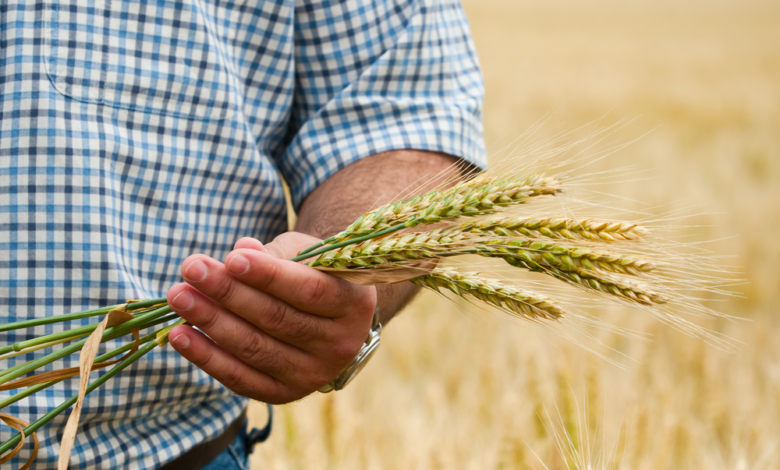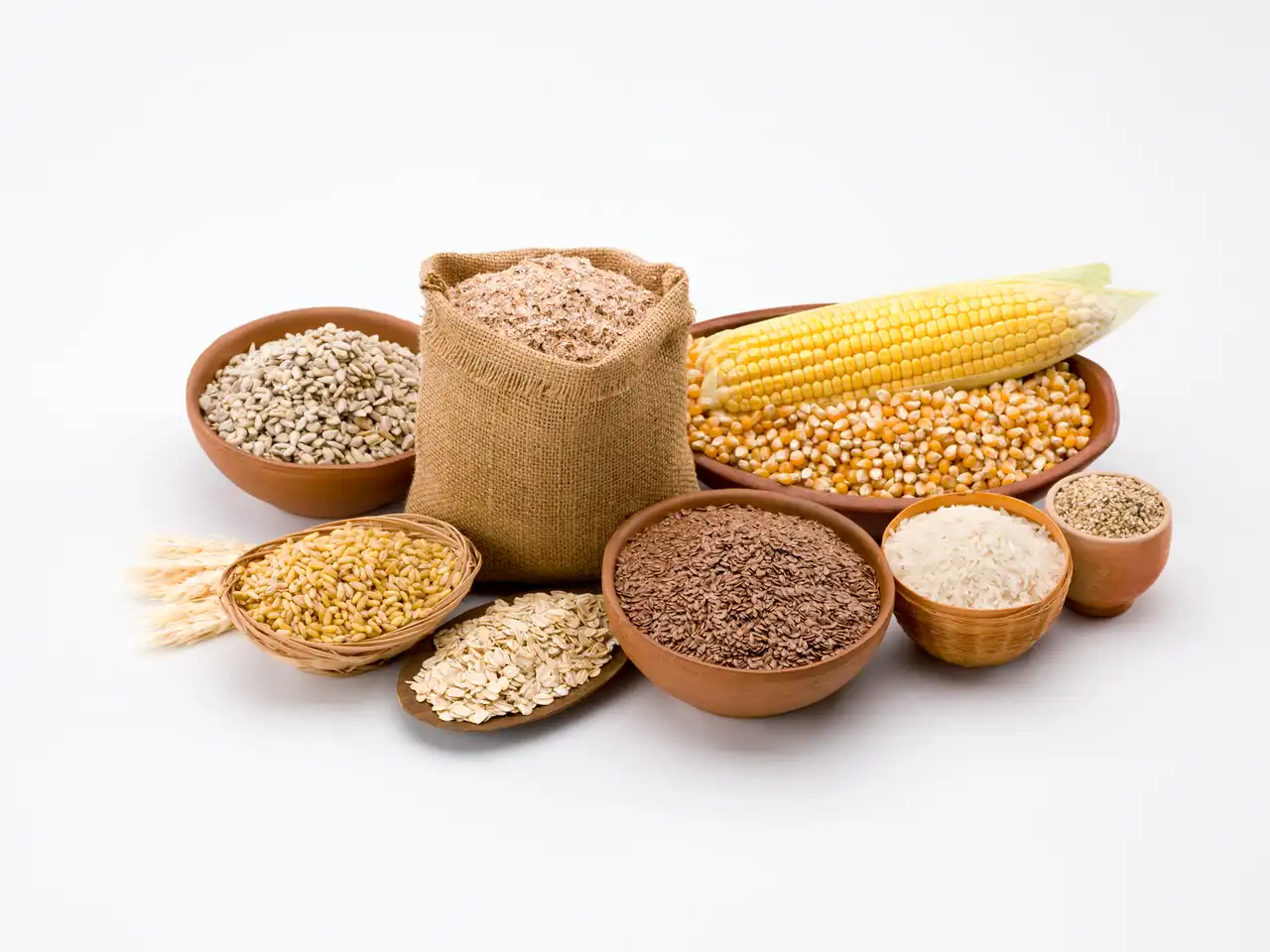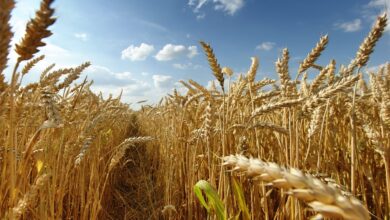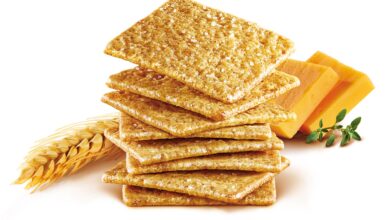Are Wheat Thins healthy to eat?

Are Wheat Thins healthy to eat? This popular snack has been a staple in many households for years, but is it truly a nutritious option? In this blog post, we will delve into the nutritional content of Wheat Thins, break down the ingredients list, compare them to other snack options, discuss their role in a balanced diet, explore healthier alternatives, and ultimately weigh the pros and cons to determine if Wheat Thins are a healthy choice.
Understanding the Nutritional Content of Wheat Thins
A closer examination of Wheat Thins reveals their nutritional makeup, which plays a crucial role in assessing their health value. Each serving, comprising approximately 16 crackers, is associated with 140 calories. This calorie count is complemented by a macronutrient distribution that includes 5 grams of fat, 22 grams of carbohydrates, and 2 grams of protein, highlighting a moderate fat and carbohydrate content with a minimal protein offering. Notably, these crackers also contribute 3 grams of dietary fiber per serving, an important component for digestive health and satiety.
Wheat Thins are characterized by their low levels of saturated fat and absence of cholesterol, aligning them with healthier snack criteria to some extent. However, it’s essential to approach their consumption with awareness of their calorie density and nutritional balance. The presence of fiber and whole grains is a positive attribute, yet the snack’s benefits must be evaluated in the context of an individual’s overall dietary patterns and nutritional needs.
The nutritional profile of Wheat Thins positions them as a potential component of snack time, with their health implications largely dictated by portion control and the dietary context in which they are consumed. While they offer some nutritional benefits, understanding their complete nutritional content is vital for making informed choices about incorporating them into one’s diet responsibly.
Breaking Down the Ingredients List
Diving into the ingredients list of Wheat Thins offers insight into what you’re actually consuming when you reach for this snack. At the core, whole grain wheat flour stands out as the primary ingredient, a nod towards their whole grain content which is beneficial for health. This is followed by soybean oil, a common oil used in many processed foods, known for its versatility but also a source of added fats.
The inclusion of sugar and maltodextrin raises some eyebrows. Sugar, while enhancing flavor, adds to the caloric intake without offering nutritional benefits. Maltodextrin, a processed carbohydrate derived from corn, potato, or rice, serves as a thickener or filler but similarly lacks substantial nutritional value. These components underscore the importance of moderation when incorporating Wheat Thins into your diet.
Salt, another key ingredient, is noteworthy for its role in flavor but also its contribution to sodium intake. Monitoring sodium consumption is crucial for maintaining heart health and avoiding potential blood pressure issues.
Further down the list, you’ll find an assortment of additives and preservatives that ensure the product’s shelf life and consistency. While common in processed foods, these ingredients often contribute little to nutritional value and, for some individuals, may be a cause for dietary concern or sensitivity.
Understanding the composition of Wheat Thins illuminates the blend of beneficial whole grains with less desirable additives and sugars. This knowledge arms consumers with the ability to make informed choices about integrating processed snacks into their diets, emphasizing the balance between convenience and nutrition.
Comparing Wheat Thins to Other Snack Options
In evaluating how Wheat Thins stack up against other snacks, it’s essential to scrutinize their nutritional attributes and ingredients in relation to alternatives. While Wheat Thins do have the advantage of being made with whole grain wheat flour, indicating a better nutritional choice compared to snacks made with refined grains, they are not without their downsides, such as added sugars and sodium. Compared to highly processed snacks that are laden with saturated fats, artificial flavors, and preservatives, Wheat Thins present a more wholesome profile. However, when placed side by side with natural snacks like raw vegetables, fruits, or unsalted nuts, the contrast becomes stark. These whole foods offer a plethora of vitamins, minerals, and fiber without the added sugars, oils, or sodium found in Wheat Thins. Additionally, considering snacks that are high in protein, such as Greek yogurt or a handful of almonds, can provide a more satiating option with greater nutritional benefits. Another point of comparison lies in the realm of homemade snack options, like air-popped popcorn seasoned with spices, which can offer a satisfying crunch with far fewer calories and none of the processed ingredients. It’s this comparison that underscores the importance of looking beyond convenience and flavor to consider the overall health impacts of our snack choices, encouraging a move towards more natural, nutrient-dense options.

The Role of Wheat Thins in a Balanced Diet
Incorporating Wheat Thins into a balanced diet necessitates a nuanced approach, emphasizing moderation and dietary diversity. As a source of whole grains and fiber, they hold potential to complement a healthy eating pattern, particularly for individuals seeking convenient, ready-to-eat options. The key to their successful integration lies in the context of overall daily consumption patterns. Pairing Wheat Thins with nutrient-dense foods can elevate their place within a balanced diet. For instance, combining them with slices of avocado or hummus provides healthy fats and additional fiber, transforming a simple snack into a more substantial and nutritionally varied mini-meal. Likewise, using them as a vehicle for lean protein, such as a small portion of chicken salad, or with fresh vegetable slices can enhance satiety and supply a broader spectrum of vitamins and minerals.
It’s also important to be mindful of serving sizes to avoid excessive calorie intake, especially given their relatively high calorie density. Being deliberate about how often and how much of them you consume is crucial, as it’s easy to overindulge in even seemingly healthy snacks. Encouragingly, when eaten as part of a diverse diet that includes plenty of fruits, vegetables, lean proteins, and other whole foods, Wheat Thins can add variety and convenience without detracting from nutritional goals. Their role is best viewed as one of many options within a strategic eating plan aimed at maximizing nutrient intake while satisfying snack cravings in a health-conscious manner.
Healthier Alternatives to Wheat Thins
Exploring healthier alternatives to Wheat Thins involves focusing on whole food options that naturally offer superior nutritional profiles. Fresh fruits and vegetables stand out for their high vitamin, mineral, and fiber content without any added sugars or processed ingredients. These natural choices not only provide essential nutrients but also deliver antioxidants that support overall health. Nuts and seeds are another excellent option, supplying healthy fats, protein, and fiber, which can help maintain satiety longer than many processed snacks.
For those seeking the convenience and crunch similar to that of Wheat Thins, air-popped popcorn seasoned with a dash of herbs or spices can be a satisfying low-calorie alternative. Homemade whole grain crackers, baked with minimal ingredients, offer another way to control the nutritional quality of snack time, allowing for the incorporation of seeds and nuts to enhance the protein and fiber content.
Opting for these alternatives encourages a dietary pattern that leans towards minimal processing, emphasizing the importance of consuming foods closer to their natural state. Such choices not only contribute to a nutrient-rich diet but also help in avoiding the excessive intake of sodium and added sugars common in many processed snacks. Including a variety of these healthier options in your diet can lead to better health outcomes and provide a fulfilling way to satisfy hunger between meals without compromising nutritional goals. Integrating these alternatives effectively means appreciating the benefits of whole foods and recognizing the value they bring to maintaining a balanced and healthful eating plan.
Final Thoughts: Weighing the Pros and Cons
Evaluating the healthiness of Wheat Thins involves considering both their nutritional benefits and drawbacks. These crackers provide a decent amount of whole grains and dietary fiber, which are beneficial for digestive health and can contribute to a feeling of fullness. Their inclusion in a diet offers a convenient and tasty option for those seeking quick snacks. However, the presence of added sugars, sodium, and processed ingredients cannot be overlooked. These elements, particularly when consumed excessively, can detract from the overall nutritional quality of one’s diet, potentially leading to health issues over time if not balanced with more nutrient-dense foods.
The decision to incorporate Wheat Thins into your eating habits should be informed by an awareness of portion sizes and the nutritional composition of your overall diet. They are best enjoyed as an occasional snack rather than a staple, ensuring that your primary focus remains on foods that naturally deliver higher nutritional value with minimal processing. Opting for snacks that closely adhere to their natural state will invariably support a healthier lifestyle.
As you navigate your dietary choices, remember that moderation and variety are key components of a balanced diet. Incorporating Wheat Thins sparingly, alongside a wide array of fruits, vegetables, lean proteins, and healthy fats, can allow you to enjoy the convenience and taste they offer without compromising your health goals. Making informed decisions about snacking will ensure that you can savor these and other treats in a way that supports your overall well-being.



